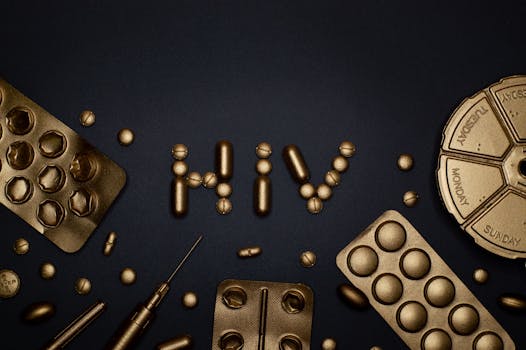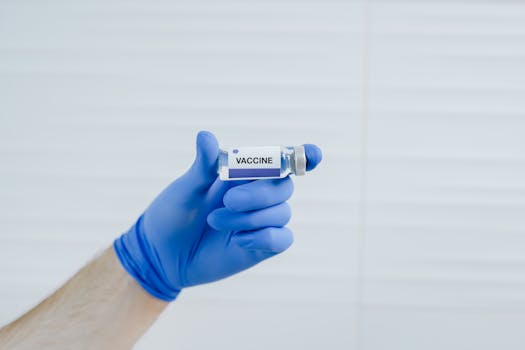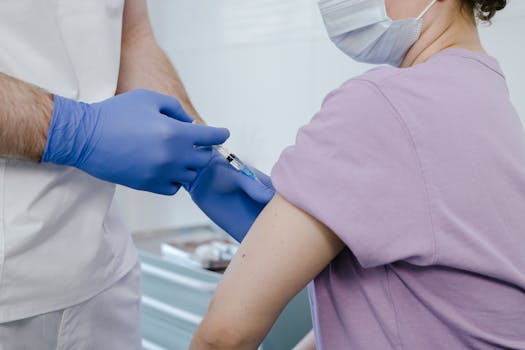
Introduction

The science behind vaccines plays a pivotal role in public health. Vaccines are biological preparations that provide acquired immunity to a particular infectious disease. They contain antigens that stimulate the immune system to recognize and combat pathogens, making them a cornerstone of disease prevention.
How Vaccines Work

Vaccines operate by mimicking the presence of a disease-causing organism, prompting the immune system to respond. This response includes the production of antibodies, which remain in the body to provide future protection. There are several types of vaccines, including inactivated, live-attenuated, subunit, and mRNA vaccines, each with unique mechanisms of action.
Types of Vaccines
Inactivated vaccines contain pathogens that have been killed or inactivated, whereas live-attenuated vaccines contain weakened forms of the pathogen. Subunit vaccines include only parts of the pathogen, such as proteins, and mRNA vaccines use genetic material to instruct cells to produce antigens. Each type has its own efficacy and safety profile, contributing to overall public health.
The Impact of Vaccination on Public Health

Vaccination has significantly reduced or eliminated many infectious diseases. For instance, the smallpox vaccine led to the eradication of smallpox, while measles vaccinations have reduced cases by over 80% in many regions. Vaccines not only protect individuals but also contribute to herd immunity, which protects those who cannot be vaccinated.
Challenges in Vaccination
Despite the benefits, vaccine hesitancy poses a major challenge. Misinformation, mistrust in healthcare systems, and cultural beliefs can lead to lower vaccination rates. Public health initiatives must address these concerns through education and outreach to improve vaccine acceptance.
Conclusion

Understanding the science behind vaccines is essential for appreciating their role in public health. Vaccines have proven to be one of the most effective tools in preventing diseases and protecting communities. Continued education and advocacy are necessary to maintain high vaccination rates and ensure public health safety.






